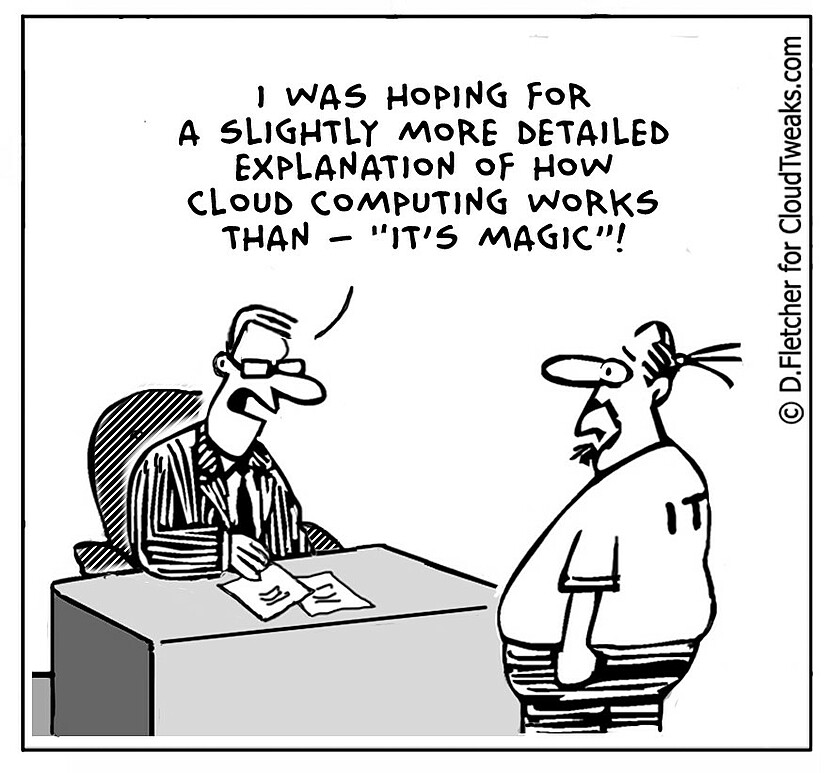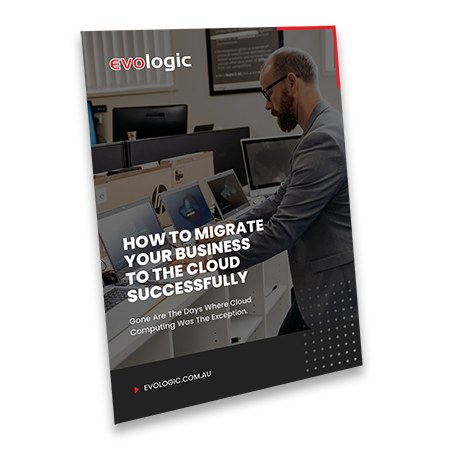In 2017, it is no longer a surprise that businesses of all sizes are leveraging cloud computing to run their operations.
The term “cloud is the new normal” is one often referred to in the technology industry, however, just because cloud is the new normal, it doesn’t mean you should understand all about it – or jump straight into it.
The reality is, it is often easy to see a number of conflicting cloud myths circulating as truth out there.
So, we thought we’d compile a list of the top 6 cloud myths that will hopefully help you see things clearer, and help you put cloud computing back at the top of your to-do list!
Myth 1: You have to move everything to the cloud
At the end of the day, cloud migration might not be the best solution for all of your business services and applications, and this is just fine!
For most companies, it’s not practical to throw everything out and start fresh, hence adopting a hybrid approach and migrating just one or two services, such as email and storage, will sometimes be the starting point for businesses.
The benefits of this approach are two-fold:
a) It allows change to be introduced at a slow, steady pace for employees.
b) It can also protect the existing investments in technology, therefore providing a cost benefit too.
Myth 2: Business productivity will increase after a cloud migration
As much as we’d like to suggest that moving your systems to the cloud will magically improve productivity, the reality is, technology is only as good as the people who use it.
Whilst the speed of access may improve (therefore resulting in productivity gains), an important point to consider is coupling your cloud migration strategy with training for your staff.
By ensuring you give your people the relevant support to spot areas for productivity improvement, you will be helping create an efficient workforce.
Pro Tip: Since cloud computing relies on the internet to function, make sure your internet connection is right for your new environment, or else your staff are not going to be productive, no matter how skilled and motivated they are!
Myth 3: All cloud services use high grade, secure data centres
This is simply not the case. Not all service providers store data in the same way.
A cupboard of servers is not the same as a “data centre”. To make sure your data is stored appropriately look for certified vendors such as Amazon Web Services, Microsoft Azure, or any respected local vendor.
Our advice is to ask for the vendor certification if you are unsure, or need clarification. Your company’s data is important, as such it should be treated as high priority.

Myth 4: The cloud will always be cheaper
As a general rule of thumb, when migrating to the cloud there are cost savings for the average business, although don’t be fooled into thinking that this is the case for everyone!
Cloud fees can add up quickly. For example, services that are just $10 per user per month can appear to be a bargain, until your users need access to 20 services each….
Another aspect to keep in mind is that by migrating to the cloud you might have to upgrade your internet connection which increases the cost of migration, as well as unexpected pricing plan changes (as cloud providers can, and do!).
Our advice is to take the time to understand all the costs of your migration, before starting your cloud migration.
Myth 5: Cloud computing never fails
As it is with any technology, the cloud can occasionally fail. No matter which service provider you use, technology is not perfect 24/7.
However, the amount of downtime you would have due to failed technology is far greater when you have on premise systems than it would be with a cloud provider.
This is because cloud providers will have the infrastructure capacity to switch servers on and off to run your services, as opposed to relying just in one server onsite.
Myth 6: Cloud computing is the best choice for all businesses
Just because a service or application is available through the cloud it doesn’t automatically mean it’s better, or suitable for your business needs. Some services and applications might be best used as an on-premise installation, and some might require a better internet connection than you have available.
Our advice is to reflect what cloud solutions will work for your business, just because other businesses use cloud computing, doesn’t mean it is the best choice for you. Take the time to assess your IT with a professional and evaluate where you would benefit from migrating to the cloud, and what systems are best left as on premise.


